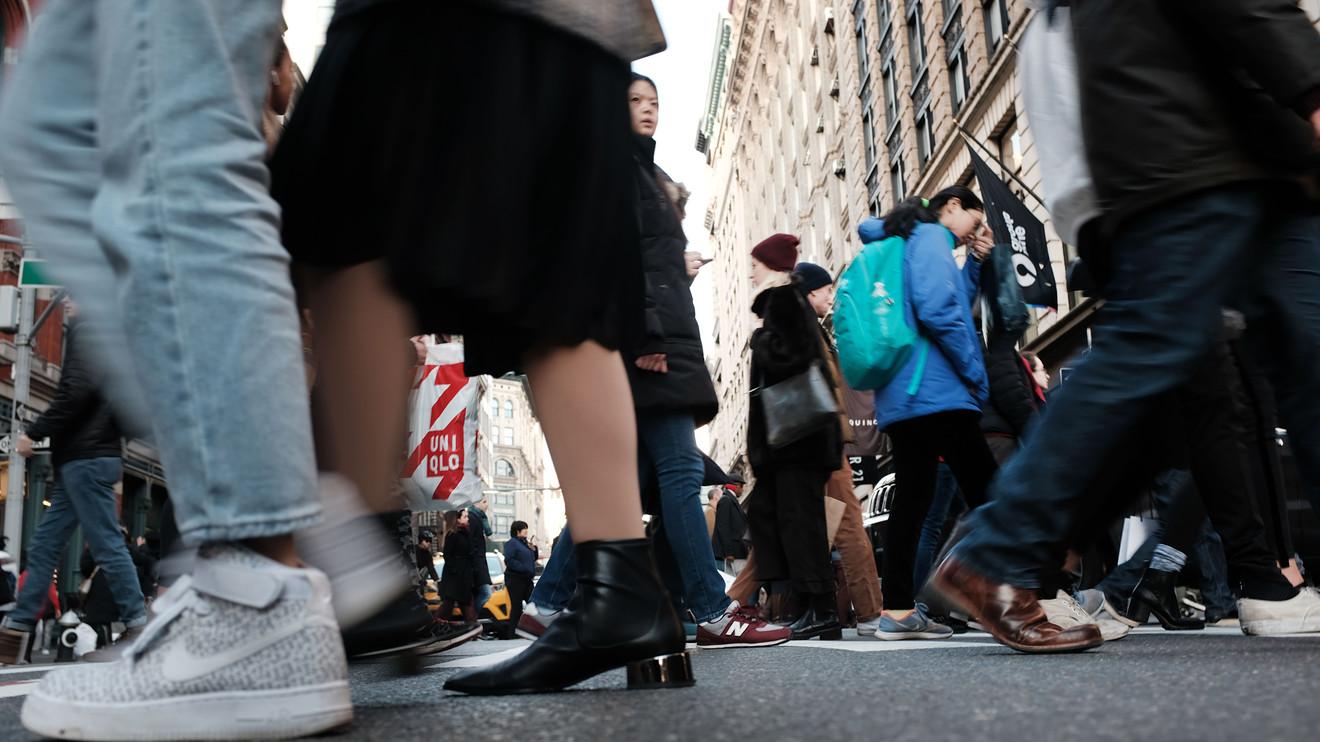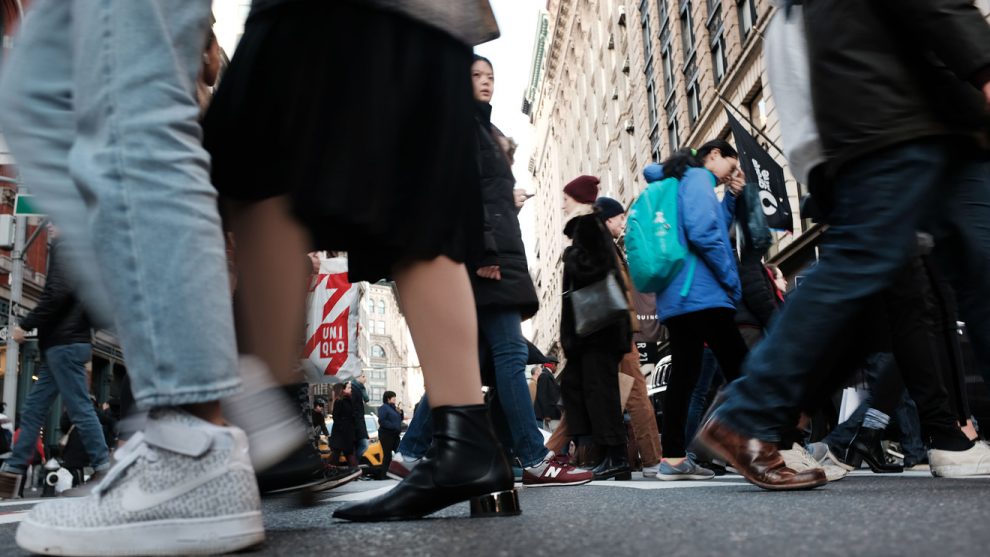
If consumers have to choose between spending a post-coronavirus-lockdown Saturday buying new clothes or at a restaurant having dinner, more will choose shopping.
That’s the finding from the latest survey from S&P Global Market Intelligence, which polled 1,250 people between April 30 and May 18. S&P noted about half of respondents said they made $120,000.
When restrictions let up, 44% of consumers said they planned to head back to stores. But only 31% said they’d dine out. After three months, the dine-out result rose to 40%.
The findings are in line with commentary from TJX Cos. TJX, +1.93% , with Chief Executive Ernie Herrman reporting year-over-year sales increases at the more-than-1,100 stores that had reopened for a week or more, during the off-price retailer’s earnings call last month.
See:TJX results show shoppers will head back to stores if the price is right, analysts say
There’s been a shift since early in the stay-at-home orders, when there were concerns that shoppers, now using e-commerce more than ever, would be reluctant to head back to stores over fears of the possibility of catching COVID-19.
Consumer spending fell 13.6% in April and there have been a number of big-name bankruptcy filings in the retail space, including J.C. Penney Co Inc. JCPNQ, -4.02% , Pier 1 Imports Inc. PIRRQ, -6.78% and J.Crew.
Still, a survey conducted by Wells Fargo analysts found that 5% to 10% of demand may be permanently gone, with e-commerce adoption accelerating.
“All in, we think it could take until early 2021 before store volume reaches the ‘new normal,’” analysts led by Ike Boruchow wrote in a report published Monday.
“[W]e see significant traffic declines of ~60% in 2Q (slightly better than the -63% implied by our first survey), and down ~30% in 3Q (marginally better vs. our prior survey). For holiday, we still see traffic down 15%, before reaching the ‘new normal’ of -10% in early 2021.”
Wells Fargo found some of the optimism is tied to higher traffic and stimulus checks, which has sparked spending.
However, those factors are temporary. JPMorgan analysts think the U.S. will be slow to recover when compared with other countries due to a few factors, such as a more strict lockdown and a full tracing system in China, and more “proactive” stimulus policies in Europe.
One of the retailers that stands to gain from the upheaval tied to the COVID-19 pandemic is Gap Inc. GPS, +7.78% , which JPMorgan upgraded to neutral from sell.
“Topline weakness at core Gap and Banana Republic continue to put pressure on the P/L, but we believe Old Navy is benefiting larger picture from the disproportionate growth of ‘value retail’ (i.e. similar to off-price) and has seen market share gains across numerous categories (denim, dresses, active, kids/baby) with incremental market share dollars up for grabs due to J.C.Penney’s recent bankruptcy and eventual door closures ($11b in total sales volume),” analysts wrote.
Don’t miss:Parents flocked to Pottery Barn Kids and Teen during the lockdowns, driving Williams-Sonoma results
JPMorgan also thinks Gap stands to benefit from the ongoing interest in athletic gear, which is the core merchandise category at the company’s Athleta brand.
JPMorgan raised its price target to $11 from $7.
The thing consumers are most excited to spend on, according to the S&P survey, are professional services like hair salons and spas. More than half of respondents (55%) said they were eager to head back for those experiences.
The SPDR S&P Retail ETF XRT, +2.40% has fallen 8.9% for the year to date while the S&P 500 index SPX, +0.65% is down 5.1% and the Dow Jones Industrial Index DJIA, +0.87% has slumped 10.2% for the period.











Add Comment